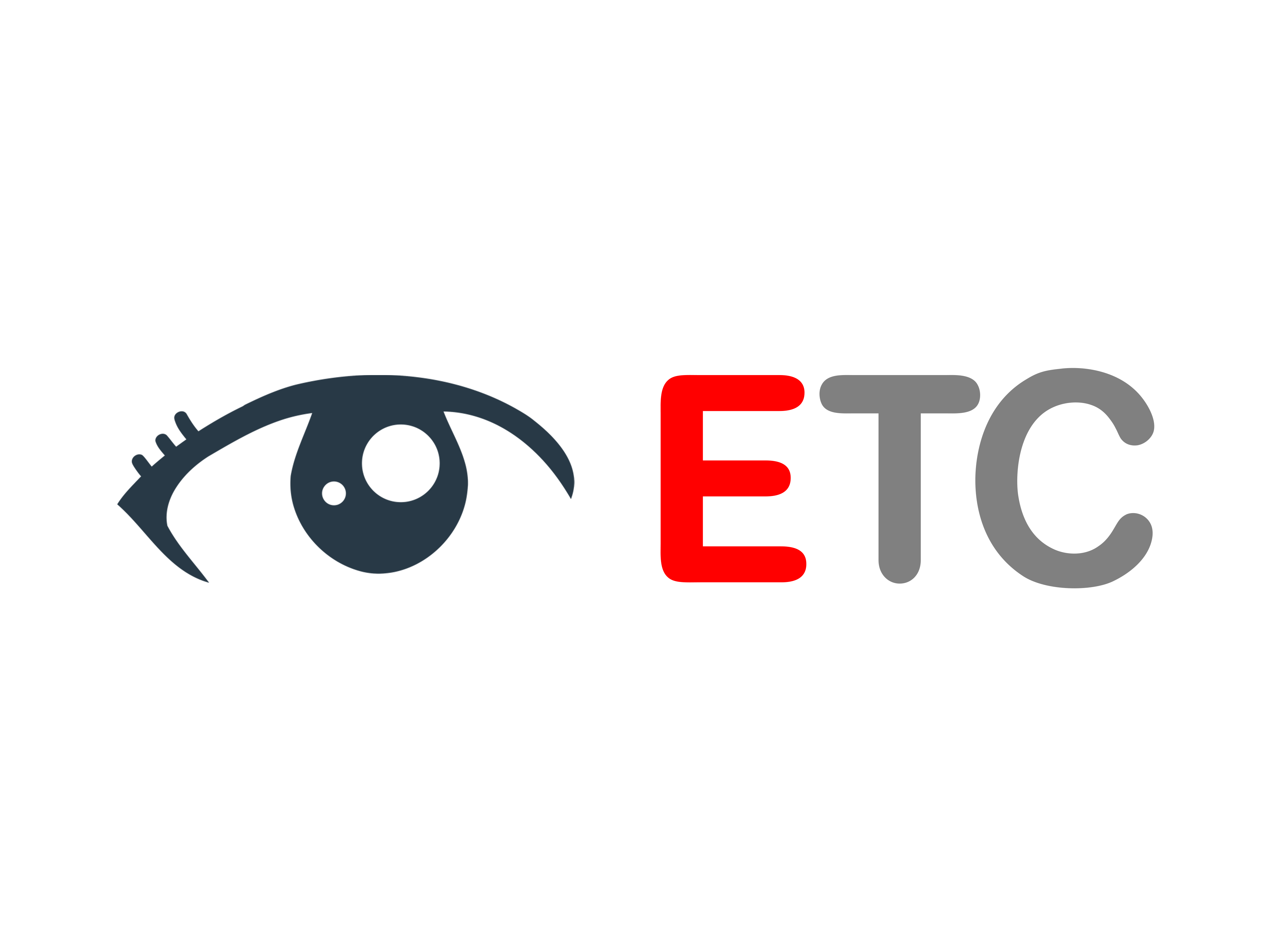This article is part of the AI BIZ GURU – Agents – Use Case Collection.
Sarah’s company had its best year ever. Revenue up 28%. New clients signing weekly. Team expanding. The CEO was planning an expansion into two new markets.
Four months later, they filed for bankruptcy.
How does a “thriving” company die in 120 days?
Financial cancer.
Like the medical kind, it’s invisible until stage 4. It grows silently in your balance sheet while vanity metrics tell you everything’s fine. By the time symptoms appear—missed payroll, bounced checks, vendor calls—it’s usually terminal.
The $4.7 Million Blind Spot
Deloitte studied 2,300 business failures. 68% of bankrupt companies showed strong revenue growth in their final 18 months. Revenue growth. New customers. Market expansion.
And financial cancer multiplying in the shadows.
The pattern is consistent:
-
Days Sales Outstanding creeping from 45 to 67 days
-
Gross margins compressing from 62% to 54%
-
Operating expenses growing 12% faster than revenue
-
Inventory turns declining from 8x to 5x annually
-
Current ratio sliding from 1.8x to 1.1x
None of these show up in revenue reports.
Each one is a tumor. Slow-growing. Symptom-free. Fatal if untreated. Combined, they represented $4.7M in trapped capital in Sarah’s company—money that could have saved them.
What Fortune 500 CFOs See That You Don’t
IBM’s CFO doesn’t celebrate revenue growth. He runs a 127-point financial diagnostic every quarter. So does Apple’s. And Microsoft’s. And every Fortune 500 company that survived the last recession.
They’re not looking at revenue. They’re looking at financial health indicators most CEOs never track:
Cash Conversion Cycle: How fast you turn inventory and receivables into cash
Working Capital Efficiency: How much capital you need per dollar of revenue
Operating Leverage: Whether margins improve or compress as you scale
Burn Multiple: How efficiently you’re converting cash into growth
Magic Number: For SaaS, how efficiently sales spending becomes ARR
These aren’t vanity metrics. They’re survival metrics.
The $180K Hiding in Plain Sight
When Marcus uploaded his financial statements to AI BIZ GURU’s Financial Health & Opportunities Agent, he expected a clean bill of health. His accountant had been filing accurate returns for 8 years.
The FHO Agent found $180,000 in trapped capital in 15 minutes.
Here’s where:
-
$67K in excess inventory (18% above optimal levels)
-
$52K in uncollected receivables (3 customers over 90 days)
-
$34K in redundant software subscriptions (overlap nobody noticed)
-
$18K in unnecessary credit line interest (could refinance at 4% vs. 9%)
-
$9K in unoptimized payment timing with vendors
His accountant wasn’t wrong. The numbers were accurate.
But accountants report history. The FHO Agent diagnoses health and prescribes optimization.
How AI BIZ GURU‘s FHO Agent Works
The Financial Health & Opportunities Agent doesn’t just read your financials. It runs the same diagnostic Goldman Sachs uses for M&A due diligence.
It analyzes:
-
127 financial health indicators across liquidity, profitability, and efficiency
-
Your cash conversion cycle vs. industry benchmarks
-
Working capital optimization opportunities
-
Margin trends showing compression or expansion
-
Balance sheet risks before they become crises
It identifies:
-
Cash trapped in receivables, inventory, or payables
-
Cost categories growing faster than revenue
-
Profitability leaks in specific product lines or customers
-
Debt restructuring opportunities saving 20-40% on interest
-
Revenue opportunities from underutilized assets
It delivers:
-
Overall financial health score (like a credit score for your business)
-
Prioritized list of issues by financial impact
-
Specific actions to free trapped capital
-
Benchmark comparisons vs. top-quartile performers
-
Red flags signaling future cash crises
The Warning Signs You’re Ignoring
The FHO Agent detects financial cancer in the early stages when it’s still treatable:
Stage 1: Working capital efficiency declining (easily fixable)
Stage 2: Gross margins compressing (addressable with cost optimization)
Stage 3: Operating cash flow is negative despite profitability (urgent intervention needed)
Stage 4: Current liabilities exceeding current assets (crisis mode)
Most companies don’t notice until Stage 3. By then, you’re choosing between payroll and vendors. Sarah’s company reached Stage 4 before they ran the diagnostic.
What This Really Costs
McKinsey research shows:
-
Companies with top-quartile working capital efficiency grow 2.3x faster
-
Every 10-day improvement in cash conversion cycle frees 8% of revenue in capital
-
Businesses with monthly financial diagnostics are 4.2x less likely to face cash crises
The companies that survive recessions? They run monthly financial health checks.
The ones that don’t? They show up in bankruptcy statistics, talking about how “sales were strong until the end.”
Stop Flying Blind
You wouldn’t skip annual physicals. Why skip financial diagnostics?
AI BIZ GURU’s Financial Health & Opportunities Agent runs the same 127-point analysis that Fortune 500 CFOs demand—analyzing your balance sheet, P&L, and cash flow to find:
-
Money trapped in working capital
-
Costs growing faster than revenue
-
Early warning signs of cash crises
-
Growth opportunities you’re missing
-
Comparison vs. top performers in your industry

